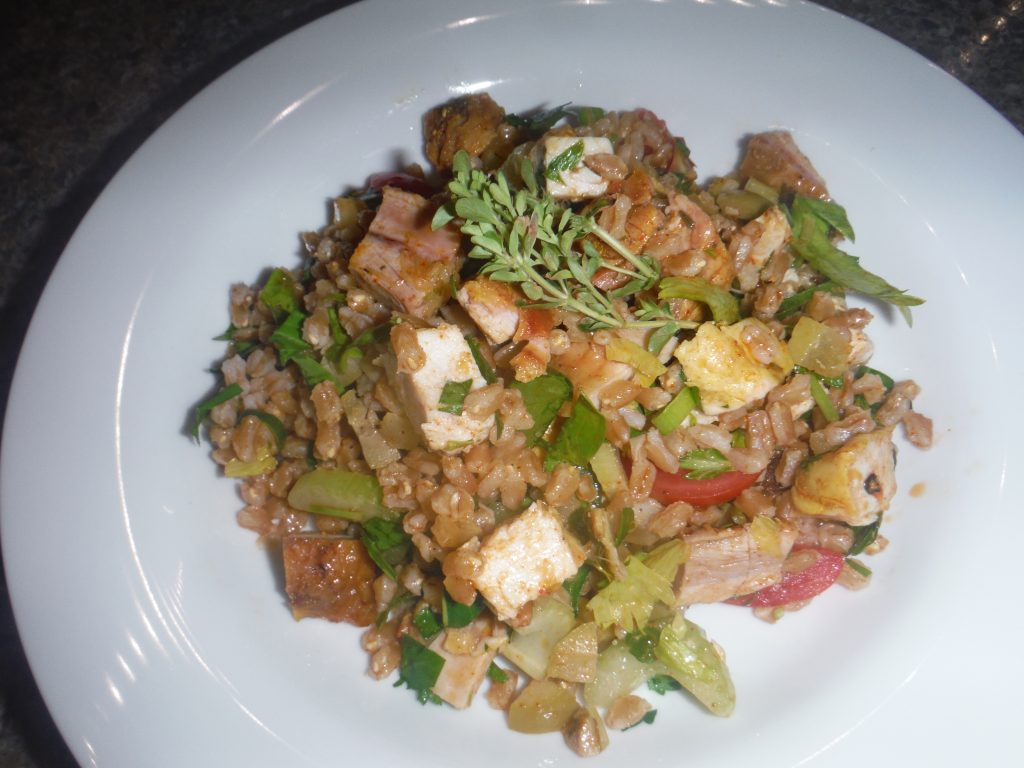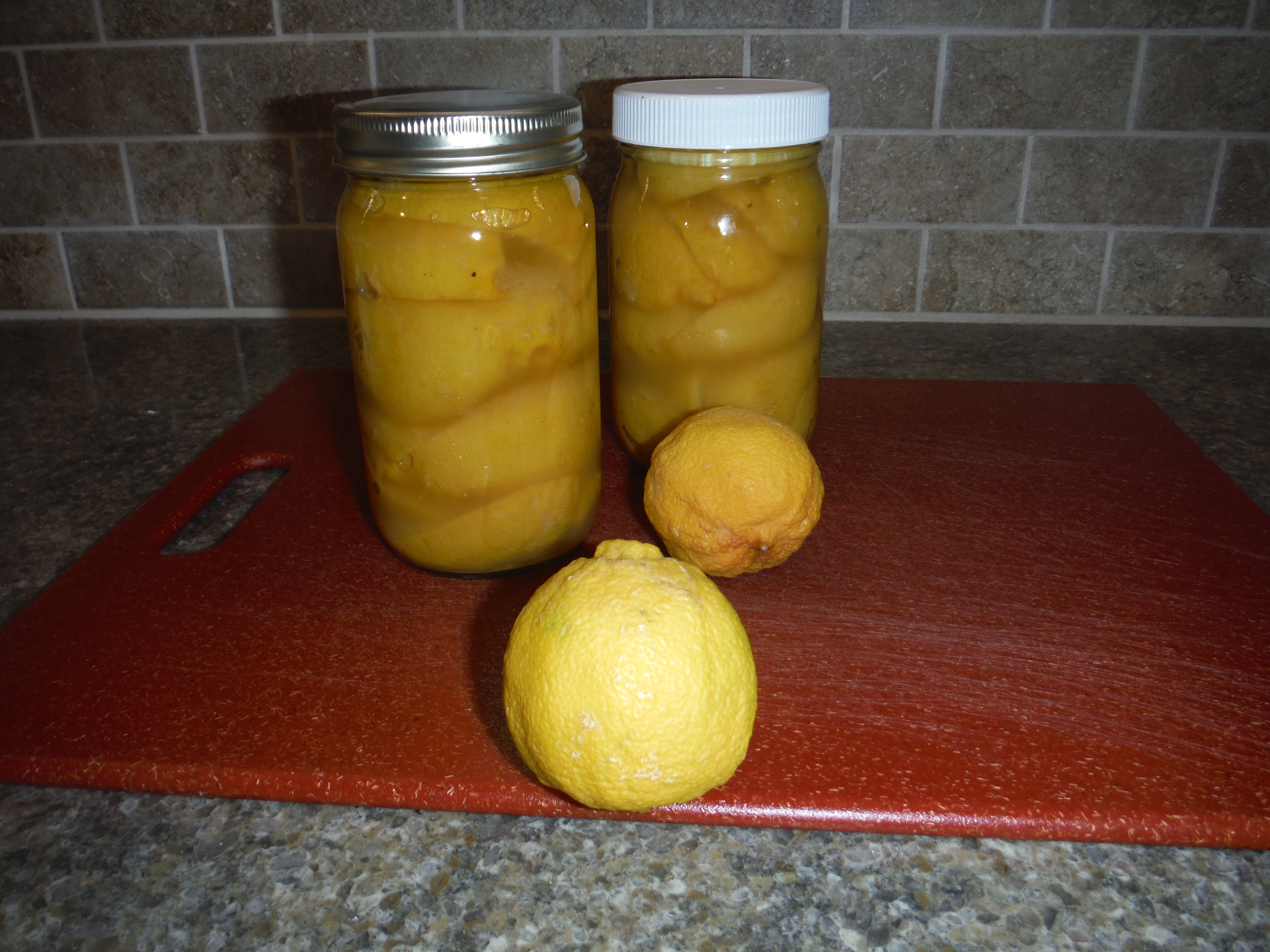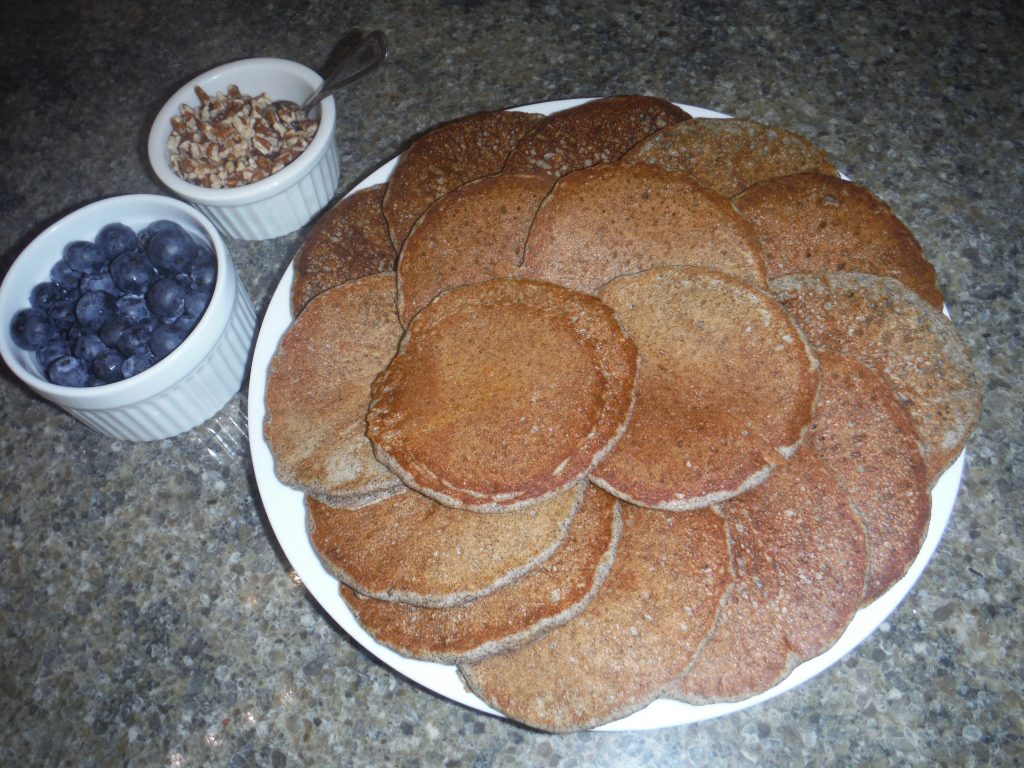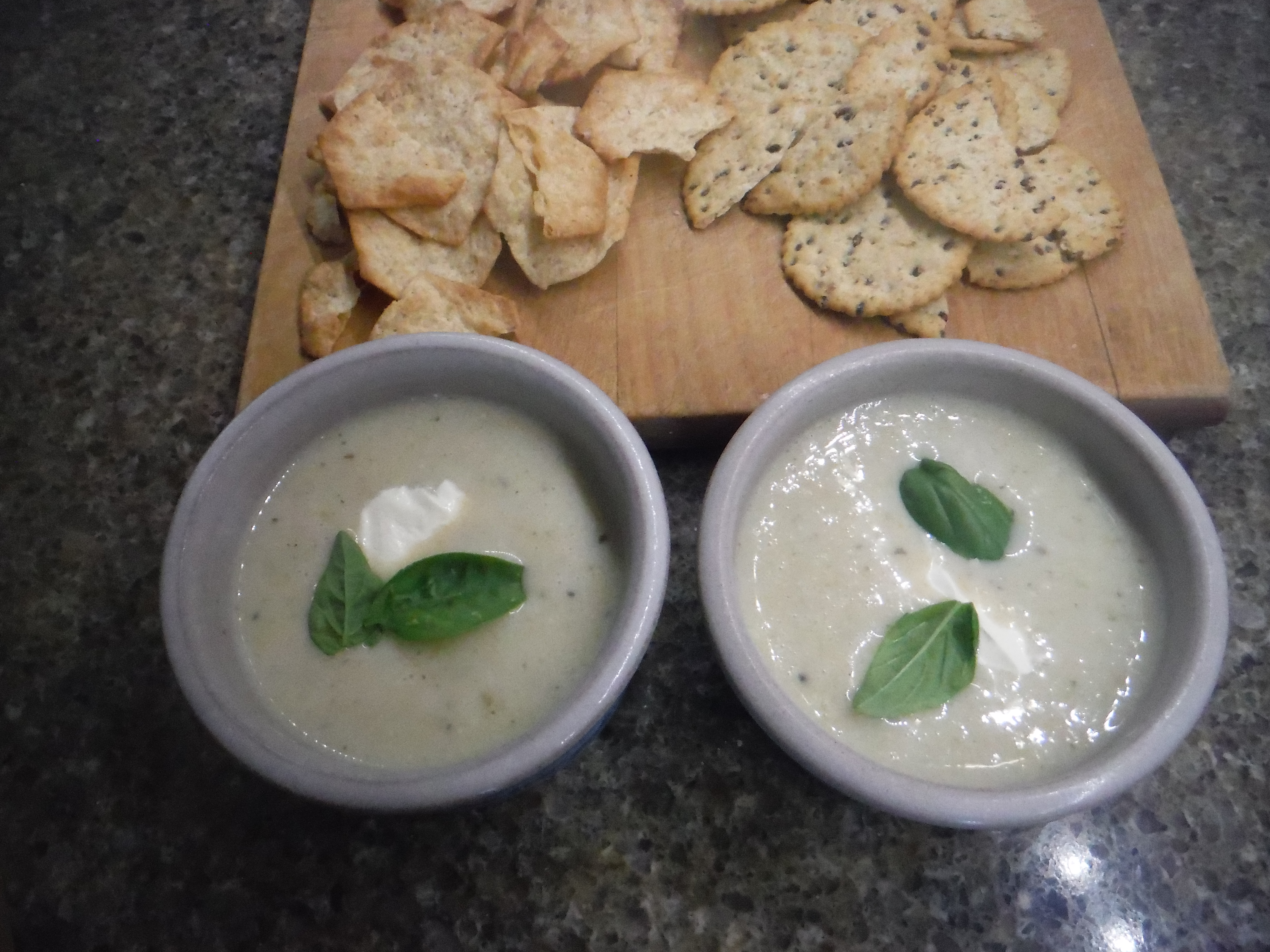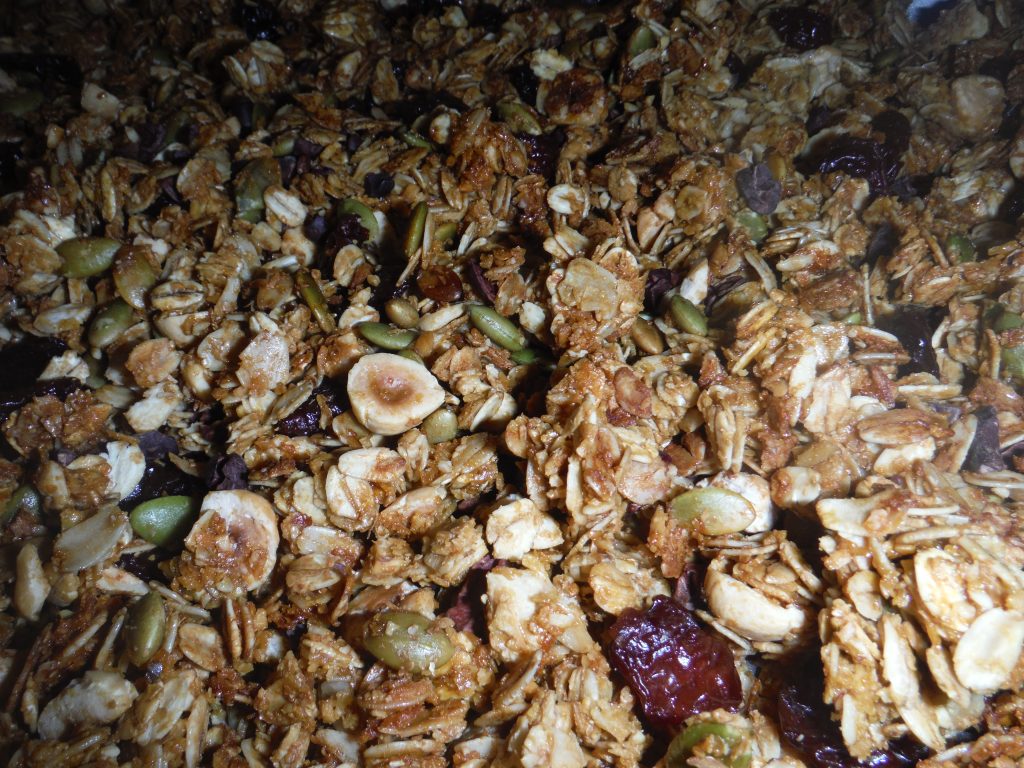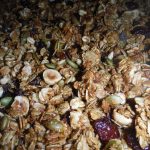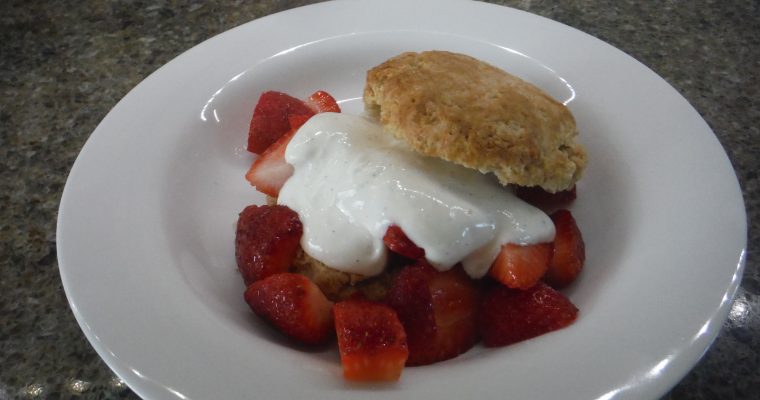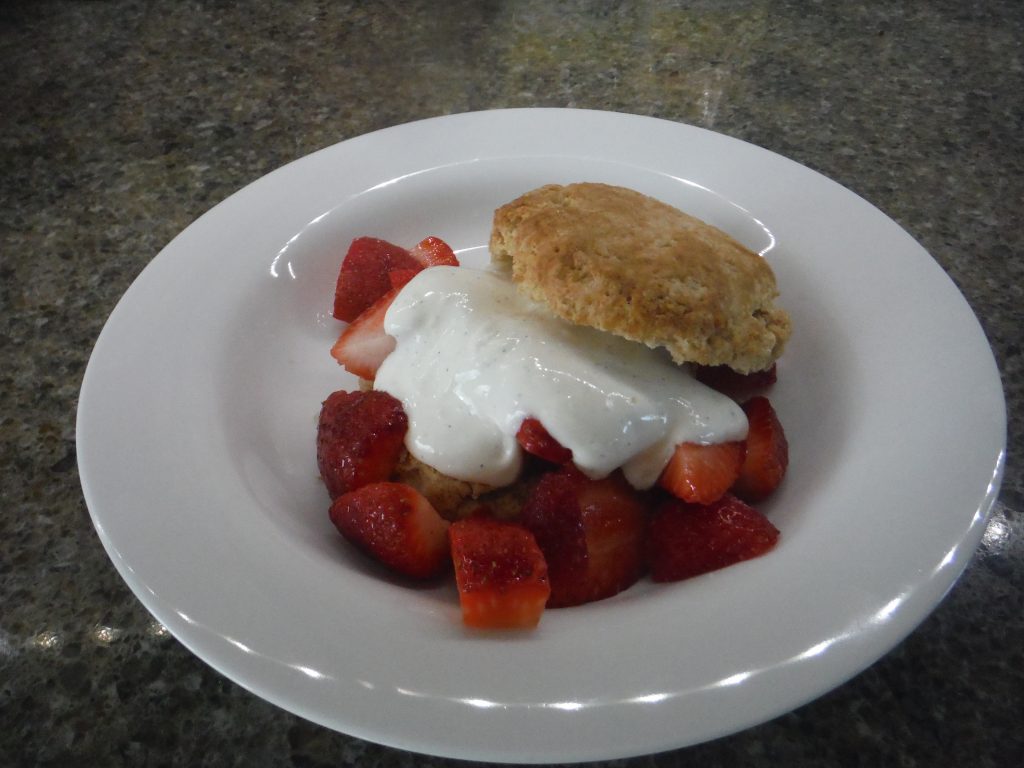We interrupt the planned posting about citrus, part two, to bring you a post about a currently fresher fruit known as…
FIGS.
 Seasonal foods were the rule on the farm; if you wanted to eat, they were what showed up on your plate. Out of season it had better be cellared, canned or frozen, because the selection at the grocery was slim by today’s standards. I have to admit that my mother, the adventurous cook, did go a bit hog wild when a selection of more international ingredients began showing up in the produce bin, but for the most part we happily ate what we produced or found locally.
Seasonal foods were the rule on the farm; if you wanted to eat, they were what showed up on your plate. Out of season it had better be cellared, canned or frozen, because the selection at the grocery was slim by today’s standards. I have to admit that my mother, the adventurous cook, did go a bit hog wild when a selection of more international ingredients began showing up in the produce bin, but for the most part we happily ate what we produced or found locally.
I continue to prioritize purchase of foods produced locally. However, a few years ago a small carton of tiny, pear shaped purple fruit beckoned to me at the store. “Hey, come ‘ere,” it whispered. “Remember those highly seductive recipes in which I am the star ingredient? You know you want to take me home…” Gosh darn it, that fruit was totally persuasive and ultimately won the argument. Thus was born my relationship with fresh figs.
I doubt that either of my parents ever tried a fresh fig. Given that figs grow in Mediterranean climates we certainly didn’t grow them on the farm, and they seldom made an appearance at our local grocery, if ever. In our world, figs were these dark, gooey, sticky, seedy things that somehow inexplicably lived between two layers of thin cookie pastry, found occasionally in the school lunchbox.
I simply refuse to believe that fresh figs are in any way related to those dried figs I knew from my childhood. Fresh figs are juicy and lush, with a sumptuous texture and flavor that somehow combines berries, honey and port. If you have never tried one, put that experience on your bucket list because you are missing out. Alas, once tried I wanted figs all the time, but most weeks those fickle fruits were nowhere to be found. Just like a fruit to draw me in then just… disappear from the bin.
So when contemplating a move to the desert southwest, the obvious priorities were things like climate, housing, transition to a new community, etc., etc. But if I’m honest, there was a tiny niggling thought deep in my mind that figs are local seasonal fruit in southern Arizona. Perhaps I could have a FIG TREE growing inconspicuously somewhere…Fast-forwarding to now, I am happy to report that really fresh organic figs are for sale every week in season at the farmer’s market. Even better, we met a neighbor with a fig tree that produces more than he could possibly use. Could we help him out? Yeah, we could probably do that.
We typically eat figs out of hand as fresh unprocessed fruit. I serve them for dessert with a scoop of ricotta or Greek yogurt, a drizzle of honey and a few chopped pistachios-YUM. It’s just possible that I might have wrapped them in bacon and baked ‘til crisp one time, but that certainly sounds unhealthy doesn’t it? We won’t go any further into detail about that!

But here we are in high fig season and we have them coming out our ears. I am not going to turn these figs into their evil alias by drying them, so finally decide to turn them into creamy frozen yogurt. This fro-yo makes that elusive flavor combination available whenever I want by simply walking to the freezer. My mom would like that, along with the ease of my tabletop ice cream freezer!
Now in case the fickle fig is not to be found in your locale, other fruits make delicious frozen yogurt, too. Strawberries could easily stand in for the figs with no changes to the recipe. Peaches would be delicious as well; omit the cinnamon and balsamic vinegar, and add a few drops of almond extract. Whatever the fruit you choose, this frozen yogurt should definitely be part of your summer eating.
Big Fig Flavor
Ingredients
- 8 large figs stemmed
- ½ cup sugar
- 2 cups plain full-fat Greek yogurt
- 2 cups plain full-fat yogurt
- ¼ cup honey
- ½ teaspoon cinnamon
- 2 teaspoons vanilla
- 2 teaspoons good quality balsamic vinegar
- 1 teaspoon lemon juice
- ½ cup chopped toasted pistachio nuts
Instructions
- Cut the figs into quarters and place in the work bowl of food processor. Pulse to puree. Add the remaining ingredients except the pistachios, and process to blend thoroughly. Freeze in a tabletop ice cream maker by following the directions specific to your freezer. Once frozen, fold in the chopped pistachios and spoon into containers. Cover and place in the refrigerator freezer compartment until solidly frozen, several hours.


